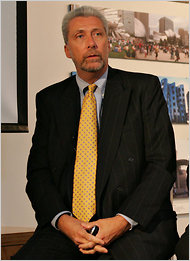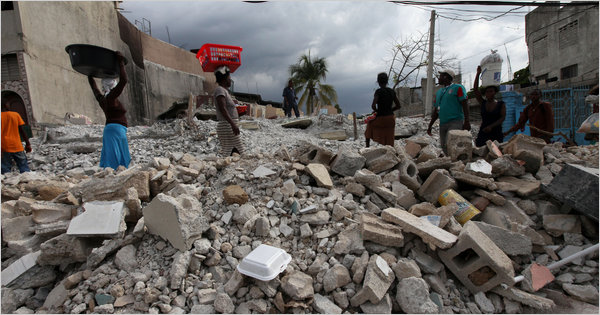Just four days after 9/11, James P. Stuckey, then a vice president of Forest City Ratner Companies, met with executives of Empire Blue Cross Blue Shield at Forest City’s headquarters in Brooklyn. Empire had been the fourth-largest tenant at the World Trade Center, and the shell-shocked executives were already thinking about new offices.
 |
| RUBY WASHINGTON/THE NEW YORK TIMES |
| James Stuckey, a dean of the Schack Institute of Real Estate at New York University. |
